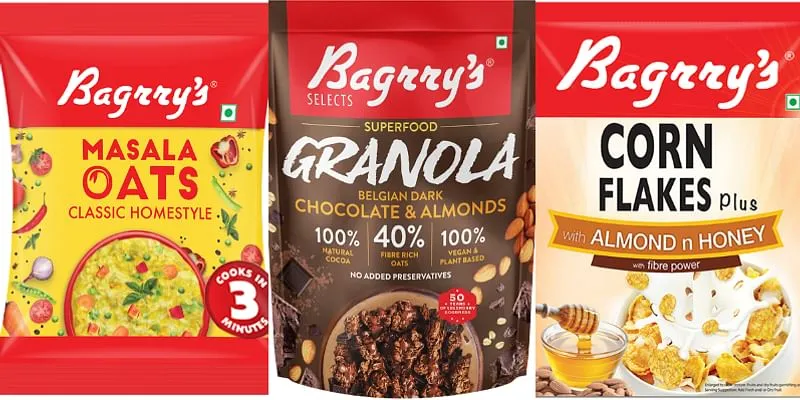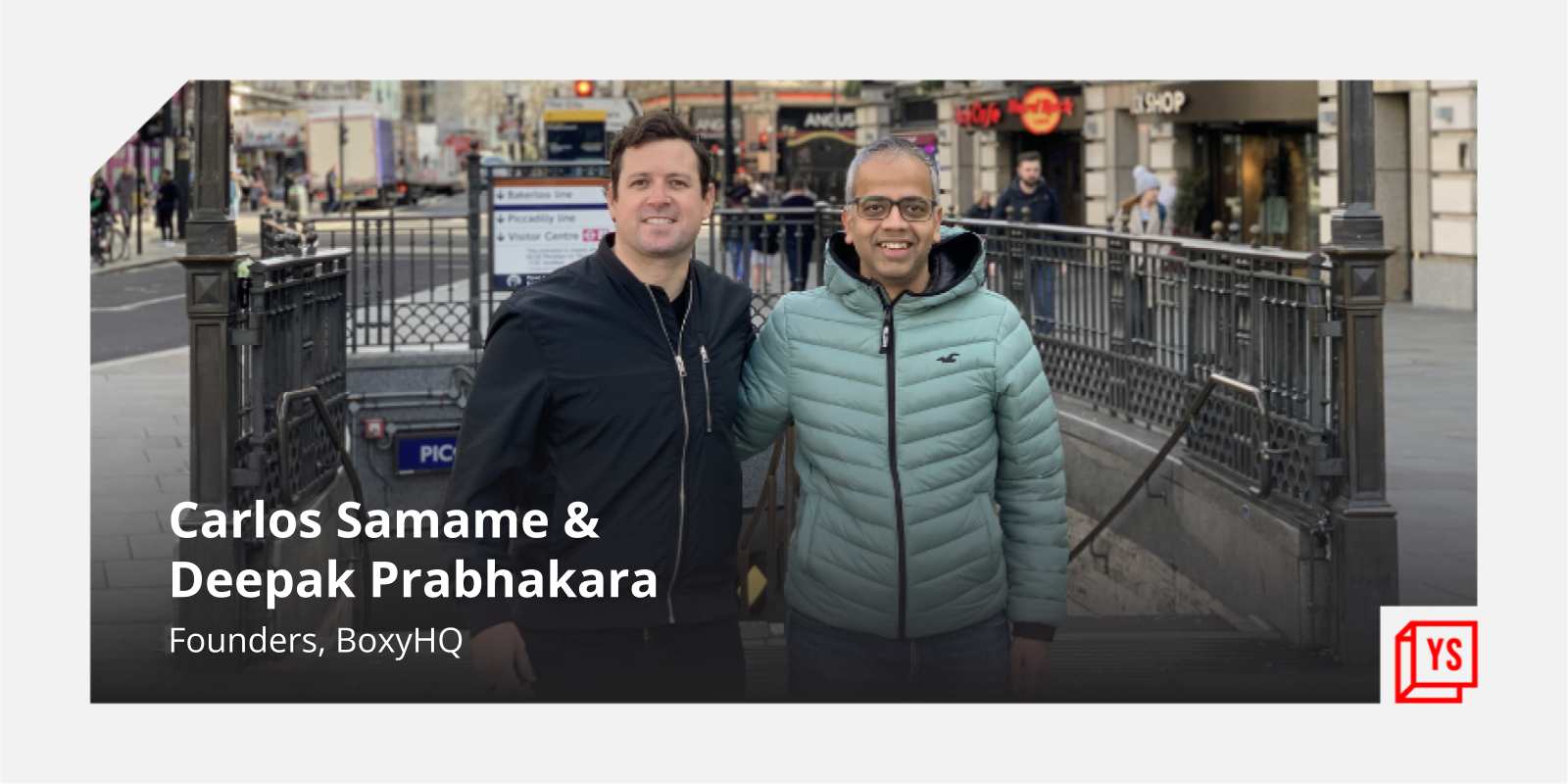This cereal brand compelled Indian consumers to look beyond parathas, vada pavs
Bagrry’s grabbed attention when former US President Bill Clinton was served its muesli during his visit to India in 2000. Today, the company is present across 70,000 retail outlets and exports to eight countries. SMBStory charts the journey of this brand.
Shyam Bagri was just 19 years old when he joined his family business of flour-milling in the late 1970s. Wanting to explore more, he established a flour-milling unit at 21 and ran the B2B (business-to-business) unit for the next few years.
However, Shyam wanted much more than running a flour mill business.
“He had the desire to establish his own brand which is healthy and nutritious and it wasn't driven by any commercial objective,” tells his son Aditya Bagri in an interaction with SMBStory.
Aditya, who took over the company’s business in December 2012, is currently the Director of Bagrry’s and works out of the company's New Delhi Office. With the economy opening up in the 90s, India saw a shift in consumer behaviour.
This is how cereal brand began its journey in 1994. In particular, the company came into the limelight when former US President Bill Clinton was served Bagrry’s muesli during his visit to India in 2000.
Carving a niche despite competition
India was changing rapidly in the 1990s. Aditya says that his father did not just experiment but also innovate.
Shyam introduced oat milling technology in India with all equipment imported from abroad to make oats, launched new products such as muesli, cornflakes among others.
The journey, however, wasn’t easy.
Bagrry’s faced several problems to get its business rolling. First, consumers in India weren’t ready for its oats and corn-based products due to a lack of awareness. Second, several deep-pocketed international companies such as Kellogg’s, GSK and Britannia were trying to get a market share in the breakfast market segment in India.
So, how did a relatively unknown local company compete with established brands such as Kellogg’s?
“The inspiration came from an intent to do good. And we kept on innovating along the journey to try and offer something better to our consumers at all times,” Aditya states.
In fact, the company claims that it never had a robust marketing budget.
“I would say we have done nothing on the marketing front that justifies our position today,” Aditya says.
Bagrry’s, he says, took the long route to gain consumer acceptance. The company distributed free samples, leaflets about the brand, put up its products at exhibitions and took feedback from several stakeholders such as retailers, nutrition experts and more in order to spread awareness about the brand.

Scaling up amid challenges
The breakfast and cereal market of India is growing at a CAGR (compound annual growth rate) of around 18 percent between 2021 and 2025, according to the “India Breakfast And Cereal Market, Outlook 2025” report.
Apart from muesli and granola, Bagrry’s has included nutrition bars, peanut butter, quinoa seeds, flax seeds, apple cider vinegar, to its product lineup to keep up with consumer demands. Bagrry’s is present across 70,000 outlets in India and exports to eight countries including the US and Canada. Next, it wants to target the Middle East market.
Aditya says that one of the primary challenges for the company has been to get a grip on the quality of the product as well as the technology.
To illustrate the company’s desire to innovate, Aditya recounts how Bagrry’s had to relaunch its cornflakes product after it failed to take off.
“We launched regular corn flakes in the early 2000s but pulled out after further research on nutritional parameters that it isn’t the healthiest choice for consumers given low fibre and high Glycemic Index,” Aditya recalls. It again launched bran coated corn flakes in 2011 which didn't create any spark in the market.
In 2014 Bagrry’s launched a new offering of corn flakes with oats but discontinued it because of lukewarm response.
The company then experimented with different ingredients and added more fibre to the product to tailor it to suit Indian tastes. The product’s relaunch in 2016, Aditya says, was a massive success. “It was a product with the same taste experience as regular corn flakes but with 2X fibre.”
Bagrry’s resilience in the face of challenges paid off when the COVID-19 pandemic struck.
“COVID-19 has brought the learning of a decade,” Aditya says.
The pandemic also gave it an opportunity to strengthen its presence online via its website and ecommerce channels. In 2019, 10 percent of total sales came via online medium, which has now grown to 30 percent in FY 21.
He says that one of the reasons the company was able to survive was due to a lot of processes being cloud-based. For some SaaS-based processes, it had to lean on external sources.
With more product launches on the horizon, Aditya is excited for the company’s journey in the post-COVID-19 world.
“Much is waiting to happen in the coming months,” he signs off.
YourStory’s flagship startup-tech and leadership conference will return virtually for its 13th edition on October 25-30, 2021. Sign up for updates on TechSparks or to express your interest in partnerships and speaker opportunities here.
For more on TechSparks 2021, click here.
Edited by Affirunisa Kankudti











